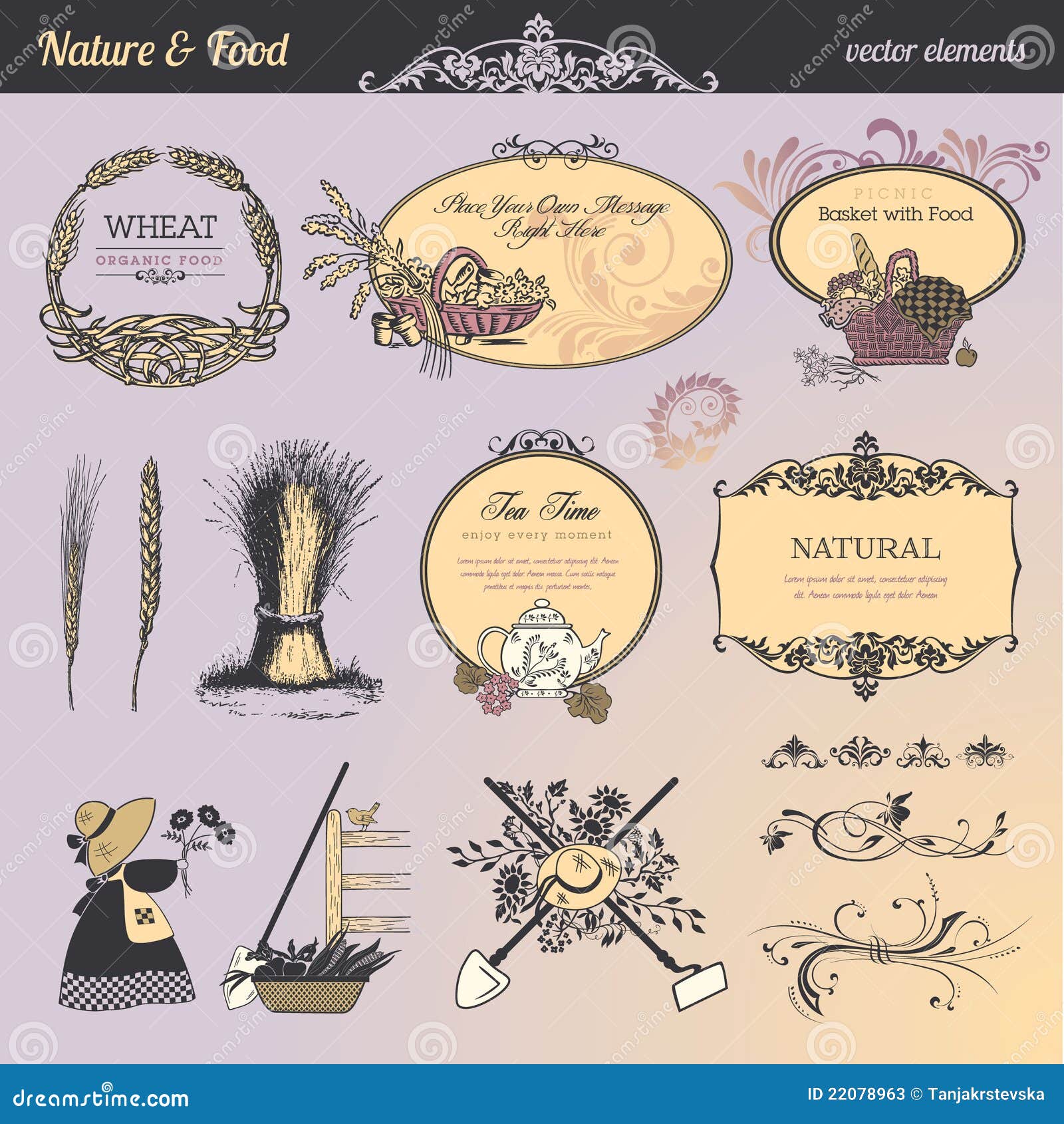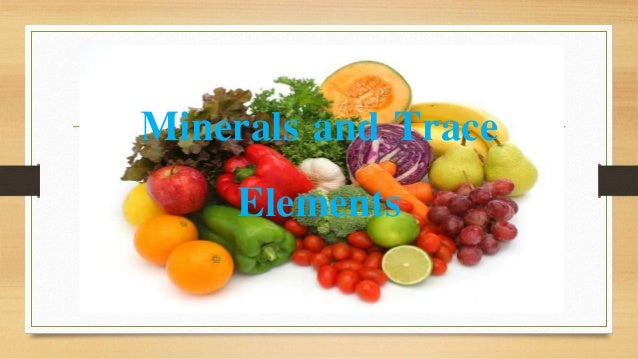44 elements and compounds in food labels
Label - Wikipedia The use of radioactive isotopes of chemical elements, such as carbon-14, to allow the in vivo tracking of chemical compounds. Laser or printer labels are generally die cut on 8.5" x 11" (US letter) or A4 sized sheets, and come in many different shapes, sizes, formats and materials. Laser label material is a nonporous stock made to withstand the ... Welcome to CK-12 Foundation | CK-12 Foundation FlexBook Platform®, FlexBook®, FlexLet® and FlexCard™ are registered trademarks of CK-12 Foundation.
Elements and Compounds in food label & other products ... - YouTube elements and compounds in food label and other productplease don't forget to subscribe if you haven't and click the bell button if you want to be notified on...

Elements and compounds in food labels
Why Do We Cook Our Food and What Happens When We Do? - Eufic Nov 08, 2010 · The manufacturing of food products across Europe is diverse, varying from small-scale units, producing handmade products to large-scale, highly automated factories producing tonnes of products per day. However, regardless of the volume of food being manufactured, the process is the same as that in the kitchen at home, but just on a larger scale. Food energy - Wikipedia Many governments require food manufacturers to label the energy content of their products, to help consumers control their energy intake. To facilitate evaluation by consumers, food energy values (and other nutritional properties) in package labels or tables are often quoted for convenient amounts of the food, rather than per gram or kilogram; such as in "calories per serving" or "kcal per 100 ... Food Additives and Compounds | Nutrition.gov Consumer Info About Additives & Ingredients. HHS, Food and Drug Administration, Center for Food Safety and Applied Nutrition. Find information from the Food and Drug Administration ( FDA) on benzene, color additives, fat substitutes, food irradiation, preservatives, sweeteners, sulfites, and more.
Elements and compounds in food labels. Food Labels (for Teens) - Nemours KidsHealth Some important vitamins and minerals are included on the Nutrition Facts label: Vitamin D is needed to absorb calcium to build bones and keep them strong. It also plays a part in heart health and fighting infection. Calcium is needed for strong bones. It keeps nerves and muscles working and the heart healthy. Key Elements of a Food Label To Know | Food Labeling Info Below is a diagram of the key elements that should be on your food label: Ways to Enhance Your Labels When creating food labels, you should first research and examine the product's nutritional contents. Be aware that your claims can become empty statements to consumers if they think that the label's information is misleading. Chemical Ingredients 101: How to Read a Product Label Calcium carbonate, dehydrated silica gels, hydrated aluminum oxides, magnesium carbonate, phosphate salts and silicates aid in the removal of tooth debris and residual surface stains. 1 Sorbitol, a type of sugar derived from fruits, corn and seaweed, helps improve the taste of toothpaste. 2 An example of a toothpaste label Food labels - Better Health Channel Some ingredients used in foods are called 'compound ingredients'. These are ingredients made by a mixture of other ingredients. For example, chocolate (cocoa, cocoa butter, sugar) or pasta (flour, egg, water). On food labels, the ingredient list must contain all ingredients including those that make up compound ingredients.
Elements of a Food Label - Jet-Label Part I: Elements of a Food Label Food Labels communicate critical information about your product. Any custom printed food labels that are designed well can certainly increase the sale of your product, but an eye-catching custom label is not enough. There are many details which need to be considered that will determine your label's success. Food Calorimetry: How to Measure Calories in Food - Carolina.com Food Calorimetry: How to Measure Calories in Food. Laura Jennings Product Developer. People who check nutrition labels to make informed decisions about which foods to eat and which to avoid often base those decisions solely on the number of calories per serving. A calorie, like a joule, is a unit of energy. The International System of Units (SI ... Elements Found in Food - The effect of the elements ... There are 6 elements found in almost all foods. These elements are carbon, hydrogen, nitrogen, phosphorus, and sulfur. There are also 5 elements found as salts (dissolved). They are sodium, magnesium, chlorine, potassium, and calcium. There are 3 trace elements, which means they are found in very small amounts in organisms. PDF Food Chemistry Periodic Table - Royal Society of Chemistry Omoaruhke, for contributions to the elements, to Flaticons for use of their free icons, and to Alinea and TDMA for photographs of He and Ti. In slideshow mode, click on an element in periodic table to find out more, return via the RSC Food Group Logo. Celebrating the International Year of the Periodic Table 2019. Created by Jane K Parker. Contact:
What Is a List of Compounds Found in Food? - Reference.com Twitter There are many compounds found in food, and some natural hormones found in food include zearalenone, phytoestrongens and acrylamide. Some synthetic hormones found in food are rBGH or rBST, which is known as the bovine growth hormone, and zeranol, which is a growth hormone also used for beef, veal and lamb. Exercise: Compounds and their constituent elements written in the food ... The following elements would have: Carbon, hydrogen , oxygen , nitrogen, chocolate drink contain sugar, protein , and fats. Candy has carbon , hydrogen and oxygen sugar The soy sauce contains soy and salt proteins, the elements in which carbon, hydrogen , oxygen and protein nitrogen, sodium and salt chlorine are involved. Machine learning directed discrimination of ... - ScienceDirect Without exception, these compounds possessed higher averaged OR in vPET samples than in rPET counterparts, i.e., 0.73–0.89 vs. 0.18–0.66 (see Supplementary Information-Appendix 2 for details), suggesting compounds with dominant appearance in either sample class were major contributors to the prediction performance. ELEMENTS AND COMPOUNDS IN FOOD LABELS AND THEIR USES - YouTube Please like, share and subscribe! Thank you!
Qtr 1 module 4 elements & compounds - SlideShare Just like the two elements that were generated in Activity 1 — hydrogen and oxygen. Even though they are both in gaseous state at room temperature, they behave differently when exposed to a flame or spark of flame. Hydrogen gives off a "pop" sound when ignited; while oxygen induces a brighter spark.
Name 3 food products and its compound and constituent element FOOD PRODUCTS AND ITS COMPUOND ELEMENTS BAKED BREAD acetyl-1-pyrroline (2AP) flour, sugar, yeast lactic acid. CHOCOLATES iron pyrophosphate iron, phosphorus, oxygen zinc sulfate zinc, sulfur, oxygen SOY SAUCE from water - hydrogen and oxygen sodium and chlorine. soybeans -nitrogen, calcium and iron.
Vitamins and minerals - Food and nutrition | NHS inform Apr 30, 2020 · Food labelling. Three-quarters of the salt we eat is already in the food we buy, so checking the label and choosing foods that are lower in salt is one of the best ways to cut down. On food labels, there should be a figure for salt per 100g. High is more than 1.5g salt per 100g (or 0.6g sodium) Low is 0.3g salt or less per 100g (or 0.1g sodium)
Food Product Labeling Basics | Oklahoma State University Required Elements of a Food Label The Federal Food, Drug and Cosmetic Act (FD&C) requires five elements to appear on a food label: Name of the food Net quantity of contents Name and address of the manufacturer Statement of ingredients Nutrition information
Food Additives and Compounds | Nutrition.gov Consumer Info About Additives & Ingredients. HHS, Food and Drug Administration, Center for Food Safety and Applied Nutrition. Find information from the Food and Drug Administration ( FDA) on benzene, color additives, fat substitutes, food irradiation, preservatives, sweeteners, sulfites, and more.
Food energy - Wikipedia Many governments require food manufacturers to label the energy content of their products, to help consumers control their energy intake. To facilitate evaluation by consumers, food energy values (and other nutritional properties) in package labels or tables are often quoted for convenient amounts of the food, rather than per gram or kilogram; such as in "calories per serving" or "kcal per 100 ...

Set Of Elements And Labels For Food And Drink Stock Vector - Illustration of design, natural ...
Why Do We Cook Our Food and What Happens When We Do? - Eufic Nov 08, 2010 · The manufacturing of food products across Europe is diverse, varying from small-scale units, producing handmade products to large-scale, highly automated factories producing tonnes of products per day. However, regardless of the volume of food being manufactured, the process is the same as that in the kitchen at home, but just on a larger scale.










Post a Comment for "44 elements and compounds in food labels"